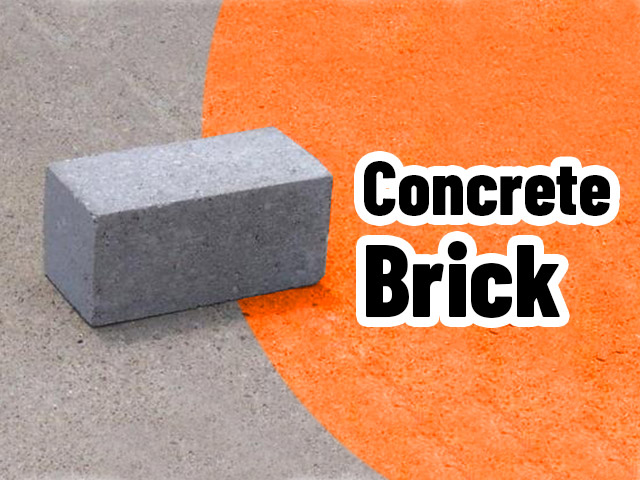
Concrete bricks are nowadays frequently used form of bricks, which was invented some 10,000 years ago and sometimes produced from clay and mud mixture. Following the technology of bricks to produce more robust products by using pottery manufacturing techniques, bricks have been used in many architectural works from the buildings that were built in ancient times to modern buildings.
Bricks, clay tiles and concrete bricks are useful both visually and robustly. It is also suitable for many construction works. One of the most important reasons for being one of the most preferred building materials for centuries is that it can be produced in various sizes and has high resistance to even high pressure.
Properties of Concrete Bricks
Buildings should be evaluated not only in terms of their functions but also in terms of their architectural and aesthetic features. A building made of concrete brick leaves a very effective first impression on people. Since it gives the grandeur of the structure to the forefront, one person will need to look again. It provides many advantages in terms of urban planning and urban aesthetics.
In addition to its aesthetic properties, it is also used in the construction of concrete brick walls. Because it has a structure that forms a buffer against most external factors. For example, when used on the walls of homes, it can greatly prevent disturbing noises such as traffic noise. It is resistant to fires and can reduce natural gas bills due to its low thermal conductivity.
Types of Concrete Brick
The products of bricks, pavers and concrete blocks can be produced in various types. It can be varied not only in size but also in color and pattern. The appearance of the surface can be customized. Smooth, sandblasted, stone-patterned, etc. versions can be made. It can be manufactured from lightweight aggregate mixtures or aggregates used in standard concrete block production. Two different methods are used for coloring. In one, after the concrete brick is produced, it is oxidized and colored; in the other, color pigments are added from the beginning into the mixture.
Its Uses and Advantages
- Structural uses: It can be hidden in materials such as plaster or paint. It can be used on both interior and exterior walls. It is also used to build roofs and floors of buildings.
- Decorative uses: The variability in color and shape allows for decorative use. It can be used in residential, commercial buildings, courtyards and driveways at the entrance of houses.
These examples can be given to different areas of use. Its advantages can be listed as follows:
- It is long-lasting. It can be used for more than a hundred years without extra maintenance. The rust is not exposed to peeling, staining, decaying or abrasion.
- It provides energy efficiency. It has thermal properties that absorb heat and then release it. Therefore, it makes the interior cool in summer and warm in winter.
- It is environmentally friendly. Since it is made of organic materials and allows recycling, the negative effects on the environment are at a minimum level.
- The cost is low. Compared to wooden structures, the cost of buildings which is built with concrete bricks for sale is lower. Because brickworkers can do their job in the field. No extra logistics or installation costs.
